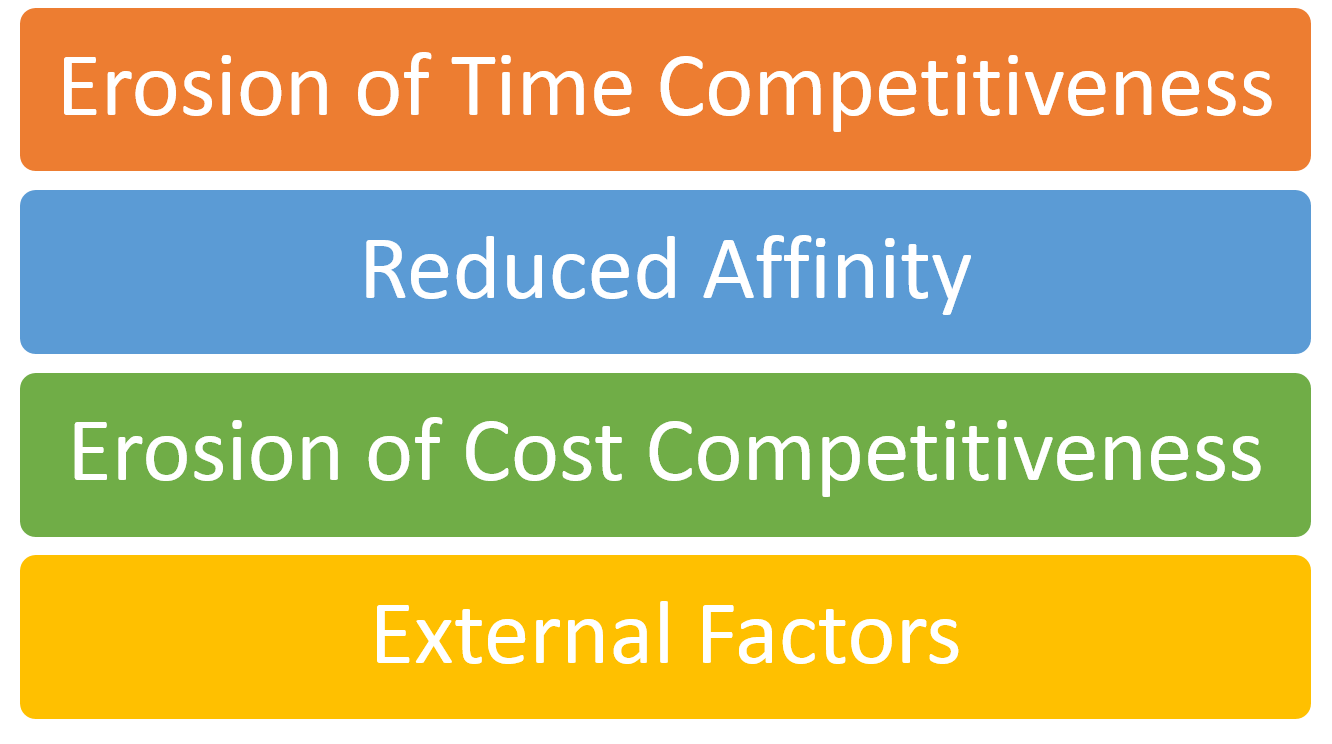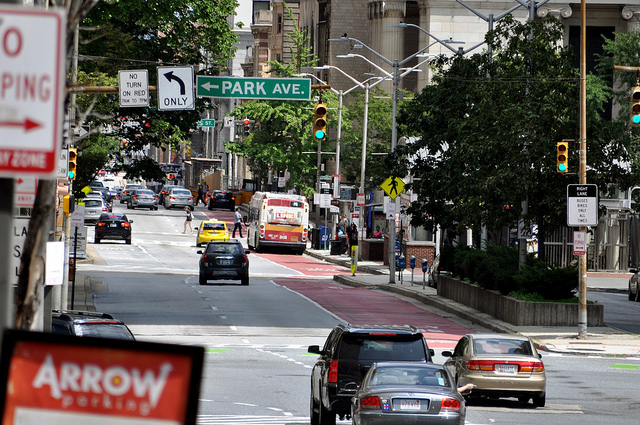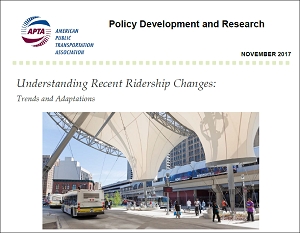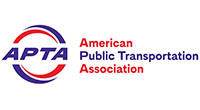Recent declines in public transportation ridership have prompted a discussion on the factors influencing and causing those declines, and the steps public transit agencies should take to change the ridership trend. Recent nationwide trends, like the emergence of new mobility companies and autonomous vehicle technology, have the potential to reform the current mobility landscape and reduce personal automobile trips. However, public transportation agencies must adapt in order to reinforce the position of public transit as an efficient mode of travel. The public transportation industry can potentially capitalize on external technological innovation and broad economic trends in the coming years. The industry should work to implement adaptations that will provide increased access and use for this efficient mode, while reinforcing the value public transportation still provides.
This paper offers three complementary and inseparable analyses: 1) specific identification of the current trends in transit ridership; 2) presentation of adaptations to address declining ridership and boost ridership, while recognizing that success may not be guaranteed until broader macro-economic trends are resolved; and 3) contextualizing current ridership trends by addressing the many benefits of public transportation.
Download the Webinar Presentation
Though the determinants of ridership decline vary by community, there are common themes. The findings of both the research and focus groups narrow ridership impacts into four broad categories:

Adaptations to Address Decline
While there are clear determinants impacting ridership, there are also suitable adaptations that may slow, arrest or reverse declines depending on the degree of implementation, local economic conditions and community support. In an increasingly competitive mobility network, transit cannot act as the only alternative to the personal automobile, but rather as one of many alternatives that compete on each trip.
Protect and Improve Time Competitiveness
Increasing congestion and competing uses of street and curb space hamper transit’s ability to operate street modes efficiently and competitively. Enforced dedicated lanes for bus routes will allow for a greater control of on-time performance and scheduling. Dedicated lanes can help to avoid bus bunching, and signals to consumers that routes are time competitive and reliable, compared to other mobility options. Other on-street infrastructure such as transit bulbs, queue jumps, and signal priority can help speed up service. Policies like all-door boarding and express services reduce dwell times at transit stops. Combining these features can mean faster, more reliable service for customers, and reduced costs for transit agencies.

Strengthen Affinity Bonds and Customer Loyalty and Cost Competitiveness
Gamification and sharing have become an important component of building customer loyalty. Earning points for specific travel, and the ability to share fares or points with friends is an opportunity to build customer affinity. Using those points to get free t-shirts from a local clothier along a route, or for free sodas and chips at a local restaurant are an example of the types of engagement points that millennials requested in APTA’s 2013 Millennials and Mobility report.
Many public transportation agencies already have access to data about what stations, lines and routes customers use, via smart card-generated big data. These data points could be used to power an app showing stats about a rider’s trips, along with badges for achievements like visiting a new station, riding a certain number of times in a week, or using a new bus route. Mobile games, fitness apps, and wearable tech all incorporate these elements to create a competition environment and drive use of their products. Transit has suffered an erosion in cost competitiveness, but new creative solutions can help bolster transit’s image and edge among other modes.
Address External Factors
Implementing adaptations to combat or reverse external factors may be the most difficult of all, as many of the necessary policy changes may be far outside of the scope or reach of a transit agency alone.
For example, the prevalence of increased homeless and mental-ill customers may be a consequence of reduced funding or policy changes involving care and housing of the mentally ill. Another example would be the provision of additional parking or free parking in a transit agency’s most competitive zones. Land-use policy is critical in complementing transit. Some participants in APTA’s focus groups noted that community amenities (such as hospitals and university expansions) were being placed in remote suburban locations difficult to serve via transit. Increases in urban property values and rents have had several consequences for public transportation. To further increase the value of transit, the housing market should be allowed to develop free from nimbyism, anti-market zoning and failed planning practices. Proper complete street design provides improved access to public transit stops and stations, and enhanced transit operations as well.

Outcomes of Adaptations
As shown by focus groups, detailed modeling and additional research, the extent and prevalence of these adaptations will have a direct impact on transit ridership.
Reemphasizing Transit’s Value
Reemphasizing the benefits of public transportation is important for having a balanced conversation regarding its efficacy and its role in the larger mobility picture. Public transportation provides many benefits not captured by ridership statistics alone. There are many disruptive trends in the economy today outside of the control of transit agencies. Despite these trends, public transportation remains critical to regional economies and strengthens local communities.

For more information on this topic, contact Matthew Dickens at mdickens@apta.com.





